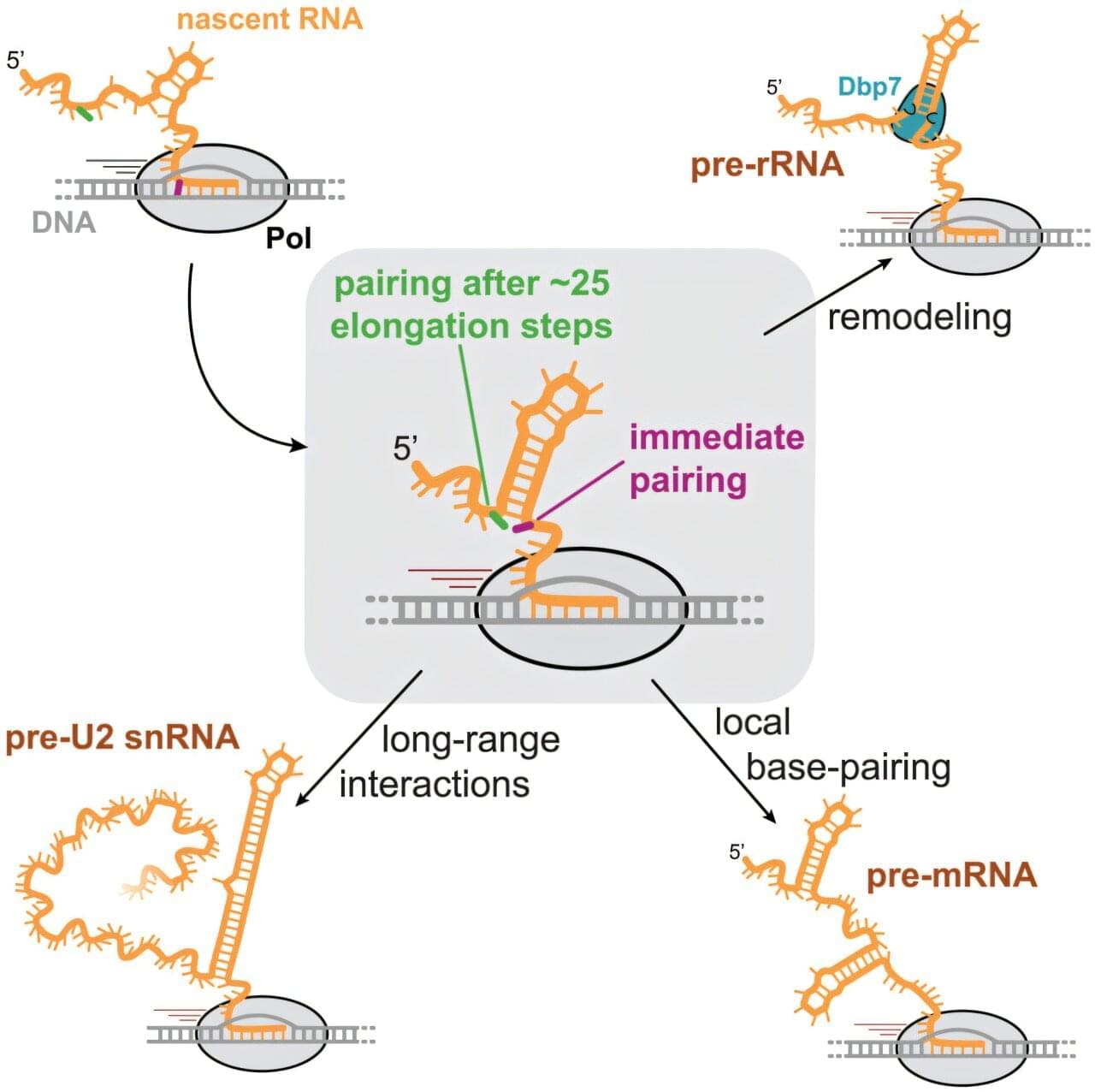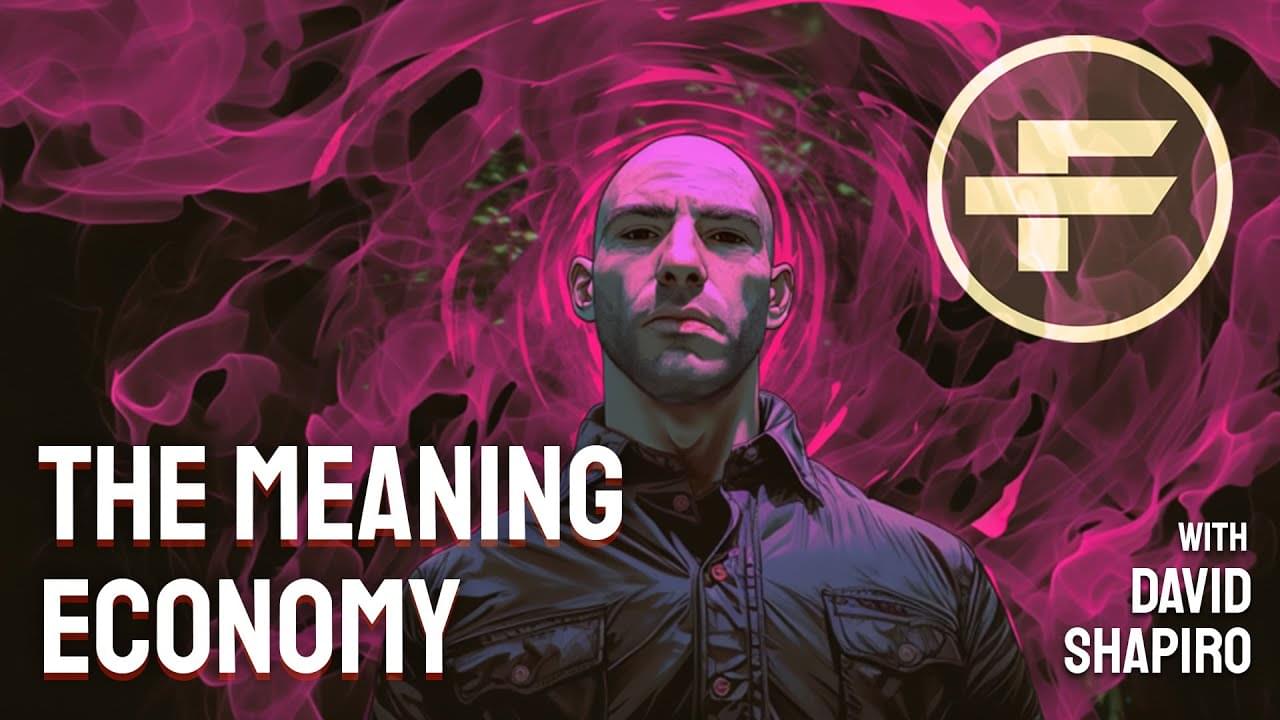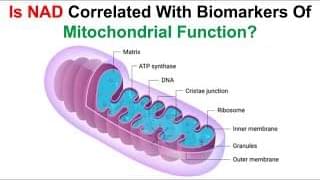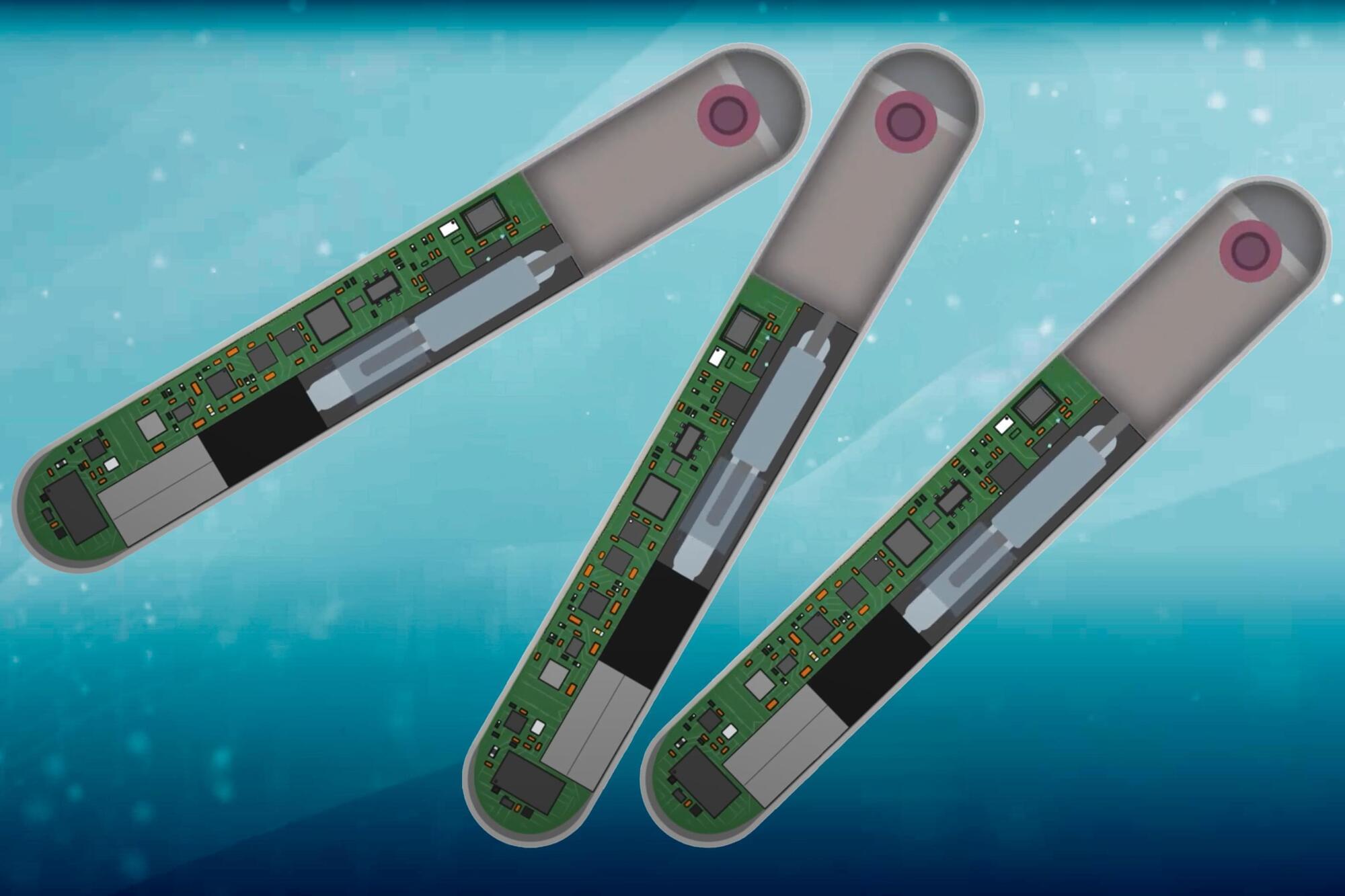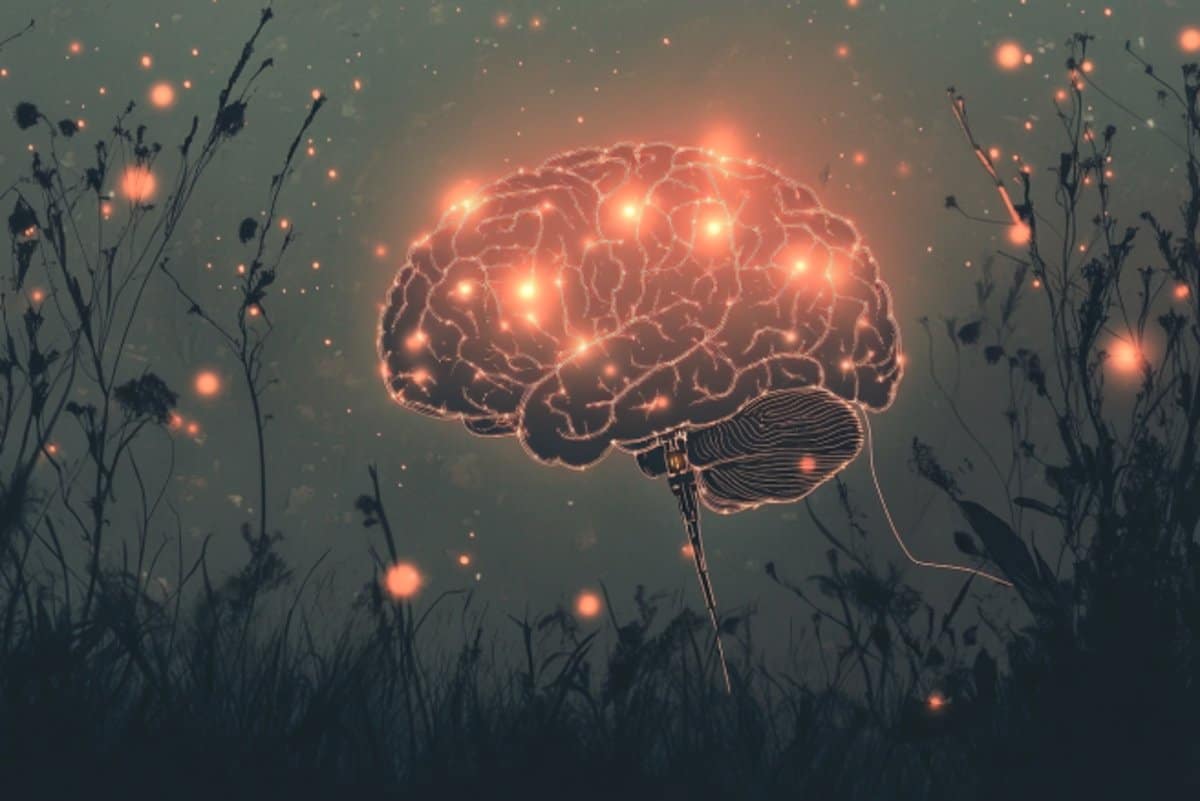When RNA molecules are synthesized by cells—a critical process in the creation of proteins and other cellular functions—they typically undergo a series of “folding” events that determine their structure and the role they will play in expressing genetic information in living organisms.
Until recently, however, not much was known about these folding processes that occur very early in the life of RNA molecules.
But Yale researchers have now developed a method to map and measure the structure of RNA as it develops, an advance that may help scientists design more effective treatments for a host of diseases. Their findings are described in the journal Molecular Cell.
